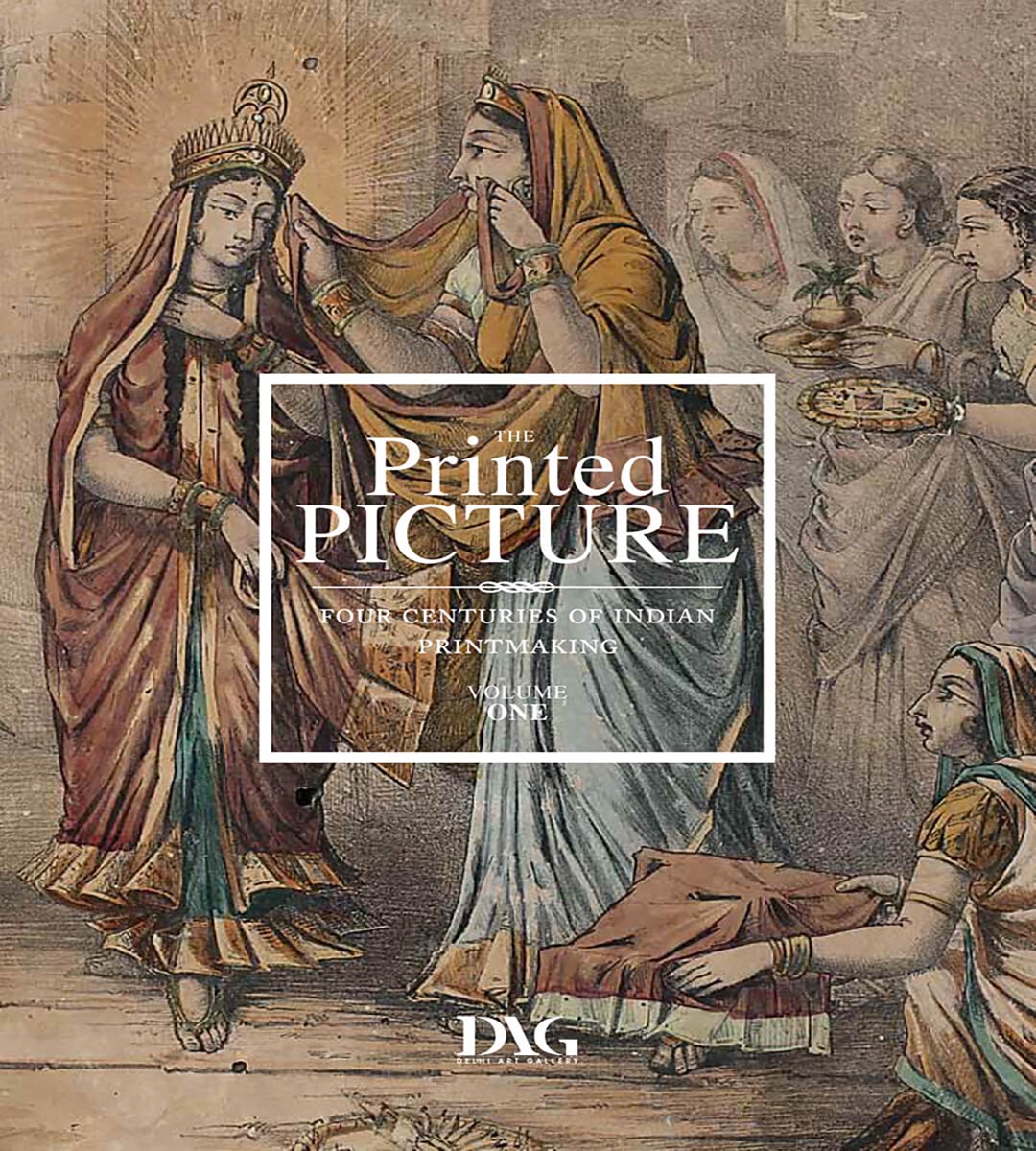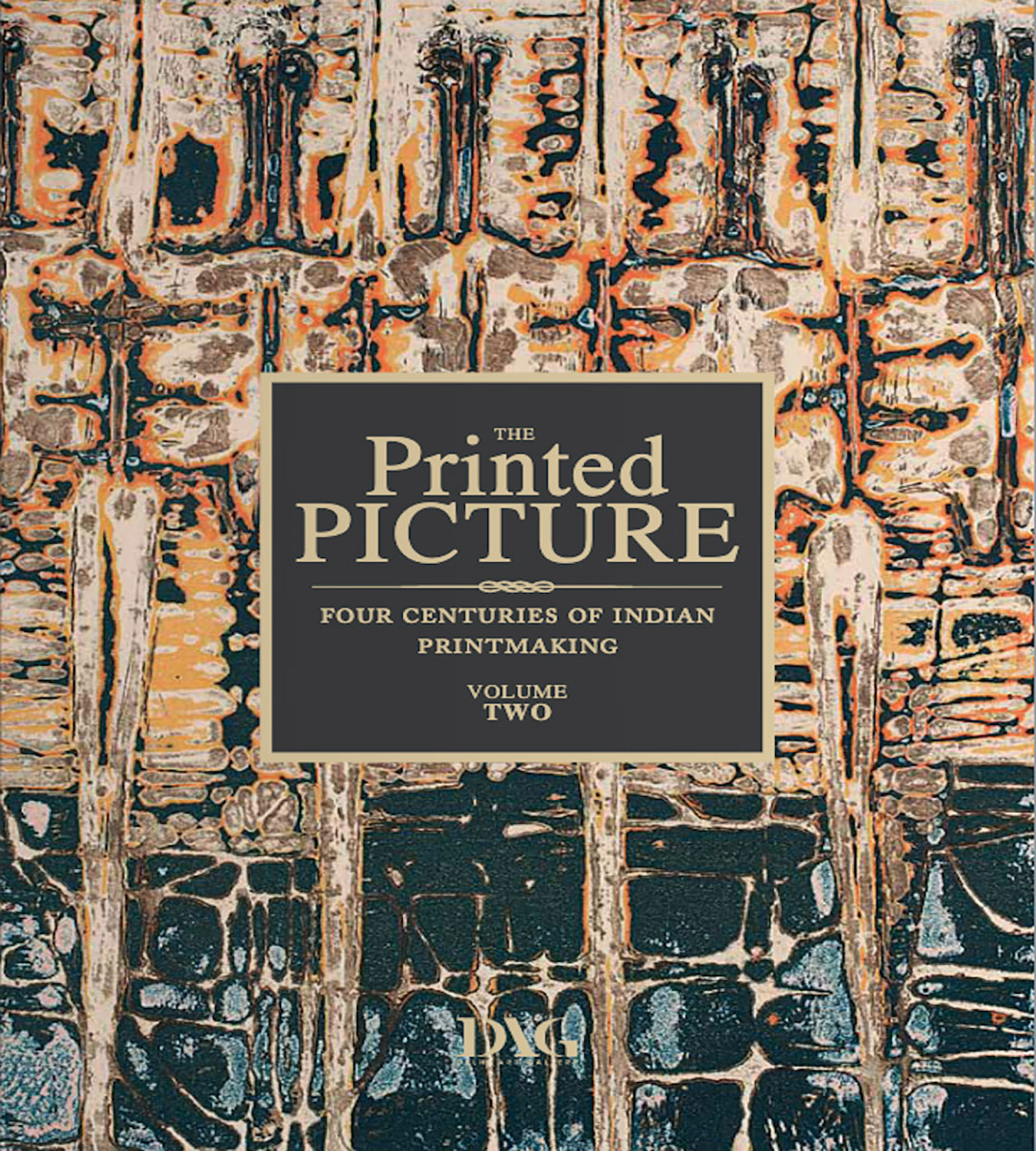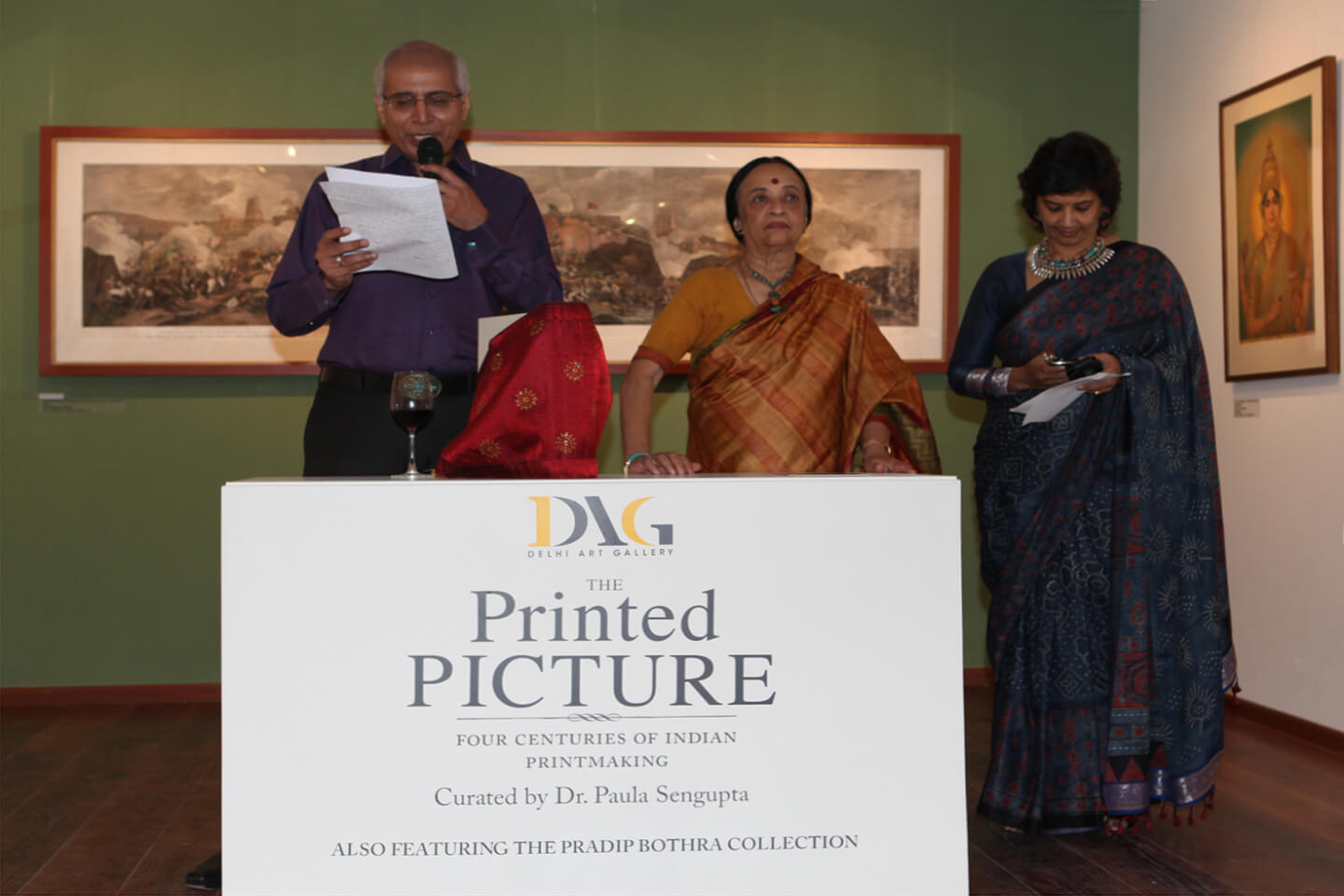The Printed Picture
The Printed Picture
The Printed Picture
|
Gallery Exhibition The Printed PictureFour Centuries of Indian PrintmakingMumbai: Kala Ghoda, 26 August – 1 October 2016 New Delhi: Hauz Khas Village, 13 October – 3 November 2012 |
|
|
Artists
|
‘Through the history of Indian modernism, printmaking has remained the stepchild of Indian art despite the fact that artists have been steadily drawn to work in the medium, some consistently and others intermittently’ – Paula Sengupta |


all artworks
Exhibition and Events





